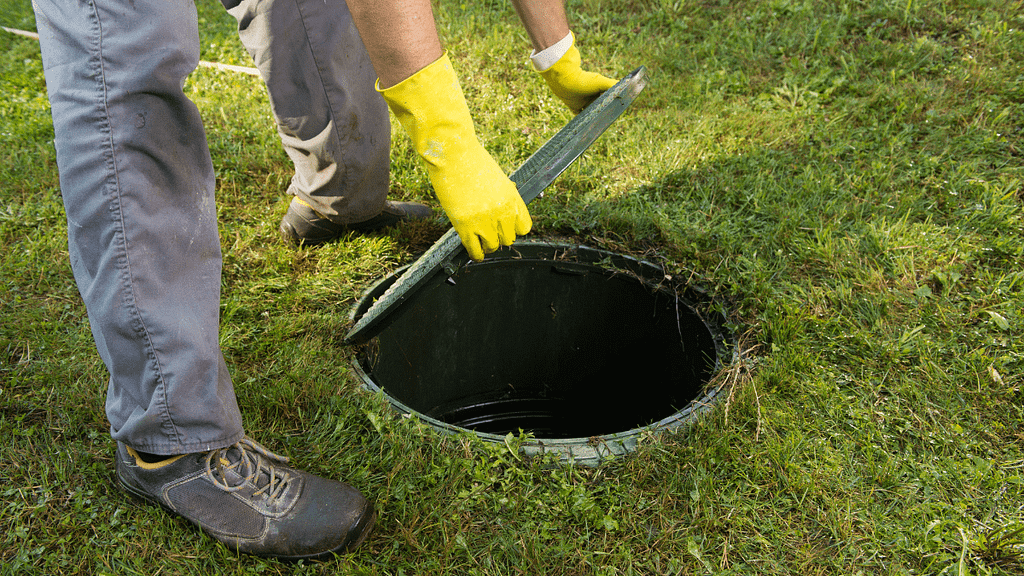Owning a home comes with a plethora of responsibilities, one of which includes maintaining your septic system. Neglecting your septic system can lead to costly repairs and unpleasant experiences. However, not all issues require immediate professional intervention. By learning to diagnose common septic system problems, you can potentially save yourself time, money, and headaches. In this guide, we’ll explore some common septic system issues and provide steps for homeowners to diagnose them before resorting to calling for professional help, such as Malabanan siphoning services.
Understanding Your Septic System:
Before diving into problem diagnosis, it’s essential to understand the basic components of your septic system. Typically, a septic system consists of a septic tank and a drainfield (also known as a leach field). Wastewater from your home flows into the septic tank, where solid waste settles at the bottom and grease floats to the top. The remaining liquid wastewater then flows out to the drainfield, where it is naturally filtered through soil.
Common Septic System Problems:
- Foul Odors: If you notice foul odors around your property, particularly near the septic tank or drainfield area, it could indicate a problem. Foul odors might be caused by a buildup of sludge in the tank, a clogged drainfield, or a cracked pipe.
- Slow Drains: Slow drains throughout your home, such as in sinks, showers, and toilets, could be a sign of a clogged or failing septic system. This issue is often caused by an accumulation of solid waste in the pipes or a full septic tank.
- Pooling Water: Pooling water or overly lush vegetation around the drainfield area may indicate that your drainfield is not properly absorbing and dispersing wastewater. This could be due to a clog in the drainfield pipes or soil saturation.
- Gurgling Sounds: Gurgling sounds coming from drains or toilets when they are not in use could signify a blockage in the pipes leading to or from the septic tank.
Diagnosing Common Septic System Problems:
- Visual Inspection: Start by visually inspecting your septic tank and drainfield area. Look for signs of standing water, lush vegetation, or foul odors.
- Check Drains: Test the drains in your home to see if they are draining slowly or making unusual sounds.
- Monitor Toilet Flushing: Pay attention to how your toilets flush. If they seem to be flushing weakly or inconsistently, it could indicate a problem with your septic system.
- Inspect Septic Tank Lid: If it’s safe to do so, carefully remove the lid of your septic tank and inspect the contents. Excessive sludge or floating scum may indicate that your tank needs to be pumped.
- Septic Dye Test: Conduct a septic dye test by flushing a dye or food coloring down a toilet. Wait to see if the dye appears in the drainfield area within 24 hours. If it does, it could indicate a leak in the system.
When to Call for Professional Help:
While some minor septic system issues can be addressed by homeowners, certain problems require professional intervention. If you’re unable to diagnose the issue yourself or if you’re uncomfortable performing any of the above tasks, it’s best to call a reputable septic system service provider like Malabanan siphoning services. They have the expertise and equipment to diagnose and resolve a wide range of septic system problems safely and efficiently.
Maintaining a healthy septic system is crucial for the well-being of your home and the environment. By learning to diagnose common septic system problems, homeowners can take proactive steps to address issues before they escalate. However, if you’re unsure about diagnosing or resolving a problem, don’t hesitate to seek professional assistance from trusted providers like Malabanan siphoning services. Remember, timely intervention can save you from costly repairs and potential health hazards down the line.
